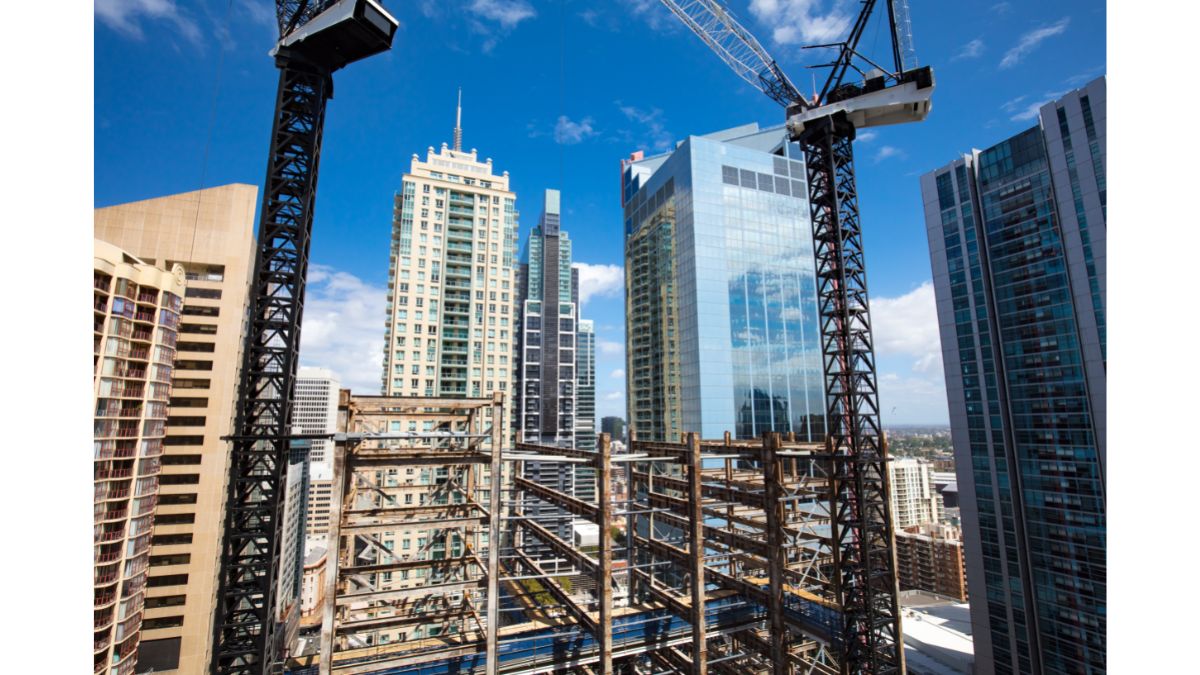International. A new report from the United Nations Environment Programme found that energy demand for heating, cooling, lighting and building equipment in 2021 increased by about 4% from 2020 and 3% from 2019.
The study explains that despite increased investment in energy efficiency, energy consumption and carbon dioxide emissions from the construction sector have rebounded since the COVID-19 pandemic to an all-time high. This sector was responsible for more than 34% of energy demand and around 37% of CO2 emissions associated with energy and its operations in 2021.
Energy-related CO2 emissions in sector operations reached the equivalent of ten gigatons of carbon dioxide, a record 5% higher than 2020 levels and 2% above the pre-pandemic peak of 2019. The executive director of the Program, Inger Andersen, warned that if polluting emissions are not reduced in the margins established in the Paris Agreement "we will have serious problems."
"The buildings sector accounts for 40% of Europe's energy demand, 80% of it from fossil fuels. This makes the sector an area for immediate action, investment and policies to promote energy security in the short and long term," explained Inger Andersen.
The decarbonisation of the buildings sector by 2050 is a key factor in achieving these cuts. In order to reduce global emissions, the sector must improve the energy performance of buildings, reduce the carbon footprint of building materials, multiply political commitments and increase investment in energy efficiency.
Major global trends
The report points out that in the face of growing crises – such as the war in Ukraine and the ensuing energy crisis, and the rising cost of living – investments in energy efficiency must be maintained to reduce demand, avoid CO2 emissions and moderate the volatility of energy costs.
As an example of change in the sector, the study highlights that the combined effects of the increase in the price of fossil fuels due to the war in Ukraine and the crisis caused by the increase in the cost of living provide an incentive to invest in energy efficiency, although the fall in purchasing power and the impact on labour and materials may hold back investment.
"The solution could be for governments to support investments in low- and zero-carbon buildings through financial and non-financial incentives," Anderson said.
To reduce emissions from the sector, it is also essential to include buildings in the climate commitments of the Paris Agreement, known as Nationally Determined Contributions, and mandatory energy standards for buildings.
The number of mentions of buildings in Contributions grew from 88 in 2015 to 158 in 2021. However, progress on policies and actions on buildings and construction remains slow. During the same period, the number of countries with energy regulations for construction increased from 62 to 79. However, only 26% of countries have mandatory energy regulations for the entire sector.
Main recommendations of the report
• Building coalitions at national level among stakeholders to set goals and strategies to achieve a sustainable, zero-carbon and resilient building and building sector through Construction Roadmaps
• National and regional governments should establish mandatory energy codes for buildings and set a path for their building codes and standards to reach zero carbon balance as soon as possible
• Governments and non-state agencies must increase their investment in energy efficiency
• The construction and real estate industries should implement carbon neutrality strategies for both new and existing buildings
• The building materials and construction industries must commit to reducing their CO2 emissions throughout their value chain
• Governments, especially those of cities, should implement policies that promote the shift to "circular material economies"
• Fast-growing countries and economies must invest in capacity building and supply chains that promote energy-efficient designs and low-carbon and sustainable construction















